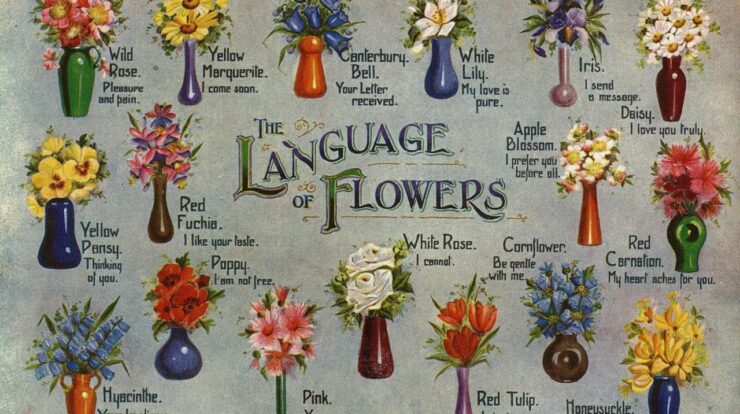
Delving into the realm of sheet language meaning, we embark on a journey that unravels the intricate tapestry of its historical origins, cultural significance, and contemporary applications.
Sheet language, an enigmatic yet profound form of communication, has left an indelible mark on societies across the globe, weaving its way into storytelling, tradition, and rituals.
Definition of Sheet Language: Sheet Language Meaning
Sheet language refers to a system of communication that utilizes sheets or other physical materials to convey messages. It involves the use of symbols, images, and written characters arranged on a sheet to represent ideas and concepts.
Sheet language finds application in various contexts, including:
- Storytelling and oral traditions in indigenous cultures
- Religious rituals and ceremonies
- Educational settings, such as charts and diagrams
- Military and diplomatic communication
- Design and architecture, through blueprints and floor plans
Historical Origins of Sheet Language
The origins of sheet language can be traced back to ancient times. Cave paintings and rock carvings can be seen as early forms of sheet language, conveying stories and information through visual representations.
Over time, sheet language evolved with the development of writing systems. In ancient Egypt, hieroglyphs were used on papyrus scrolls to record religious texts and historical events. In China, oracle bones were inscribed with symbols to communicate with the divine.
Cultural Significance of Sheet Language
Sheet language holds cultural significance in many societies. In indigenous communities, it serves as a means of preserving oral traditions and passing down cultural knowledge.
In religious contexts, sheet language is often used in rituals and ceremonies to connect with the divine or to convey sacred teachings. For example, in Hinduism, yantras are geometric diagrams used for meditation and spiritual practices.
Variations of Sheet Language
Different cultures and regions have developed their own variations of sheet language. These variations reflect the unique traditions and beliefs of each society.
For instance, the Wampum belts of Native American tribes are intricate woven belts that serve as historical records and symbols of treaties and alliances.
Sheet Language in Contemporary Society, Sheet language meaning
In contemporary society, sheet language continues to play a vital role in various fields. In education, charts and diagrams are used to illustrate complex concepts and data.
In architecture and design, blueprints and floor plans are essential for planning and constructing buildings.
Examples of Sheet Language in Literature and Art
Sheet language has found its way into literature and art as a powerful means of expression. In the novel “The Name of the Rose” by Umberto Eco, a medieval manuscript is central to the plot, containing encrypted messages that must be deciphered.
In the painting “Guernica” by Pablo Picasso, the horrors of war are depicted through a fragmented and chaotic arrangement of symbols and figures on a large canvas.
Conclusion

In contemporary society, sheet language continues to evolve, finding expression in modern art, literature, and digital platforms. Its enduring legacy serves as a testament to the enduring power of human creativity and the resilience of cultural traditions.
FAQ Explained
What is the definition of sheet language?
Sheet language refers to a system of communication that utilizes sheets, often made of cloth or paper, to convey messages.
How has sheet language been used historically?
Sheet language has been employed for centuries in various contexts, including military signaling, maritime communication, and religious rituals.
What is the cultural significance of sheet language?
Sheet language holds deep cultural significance, serving as a means of preserving traditions, storytelling, and transmitting knowledge.